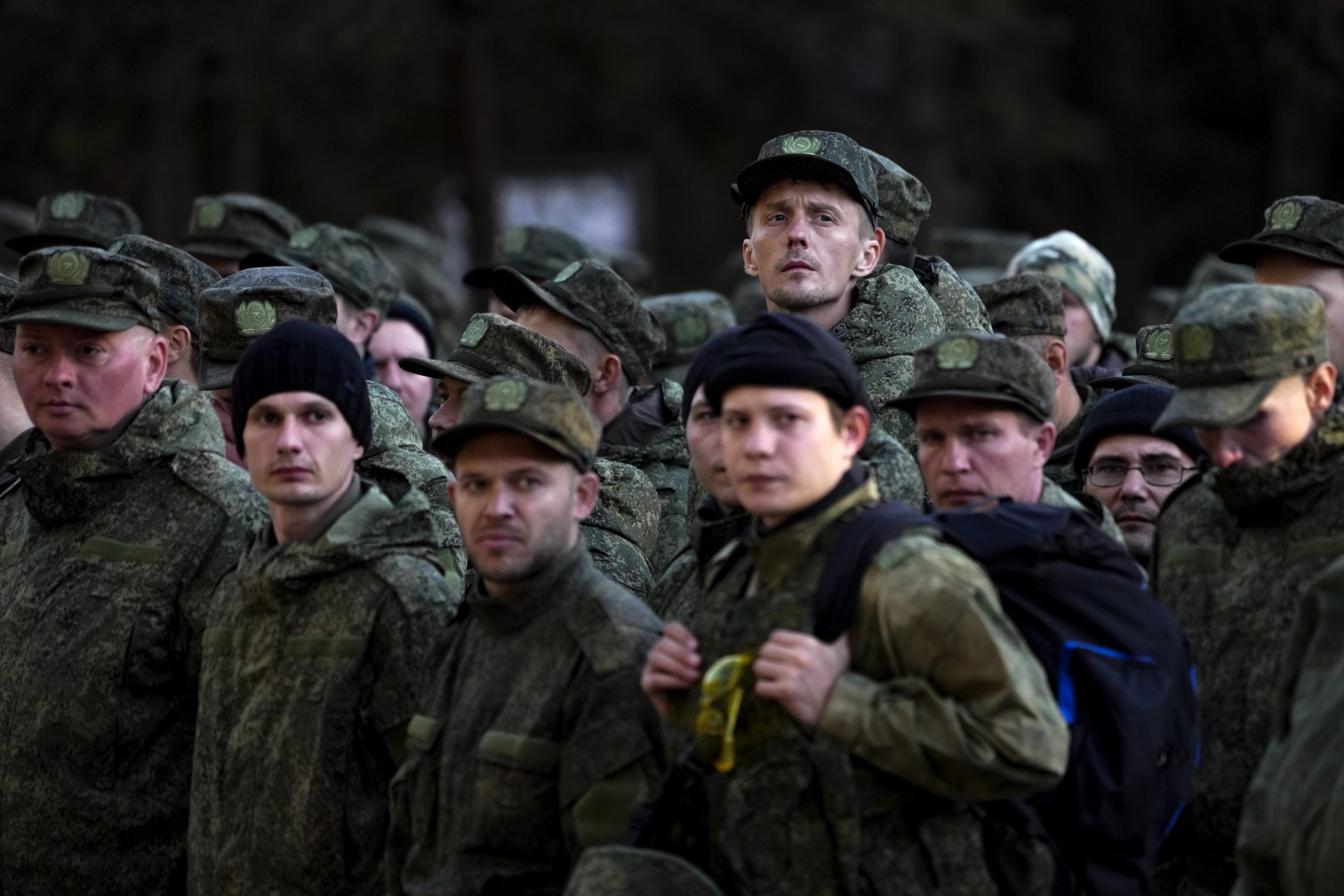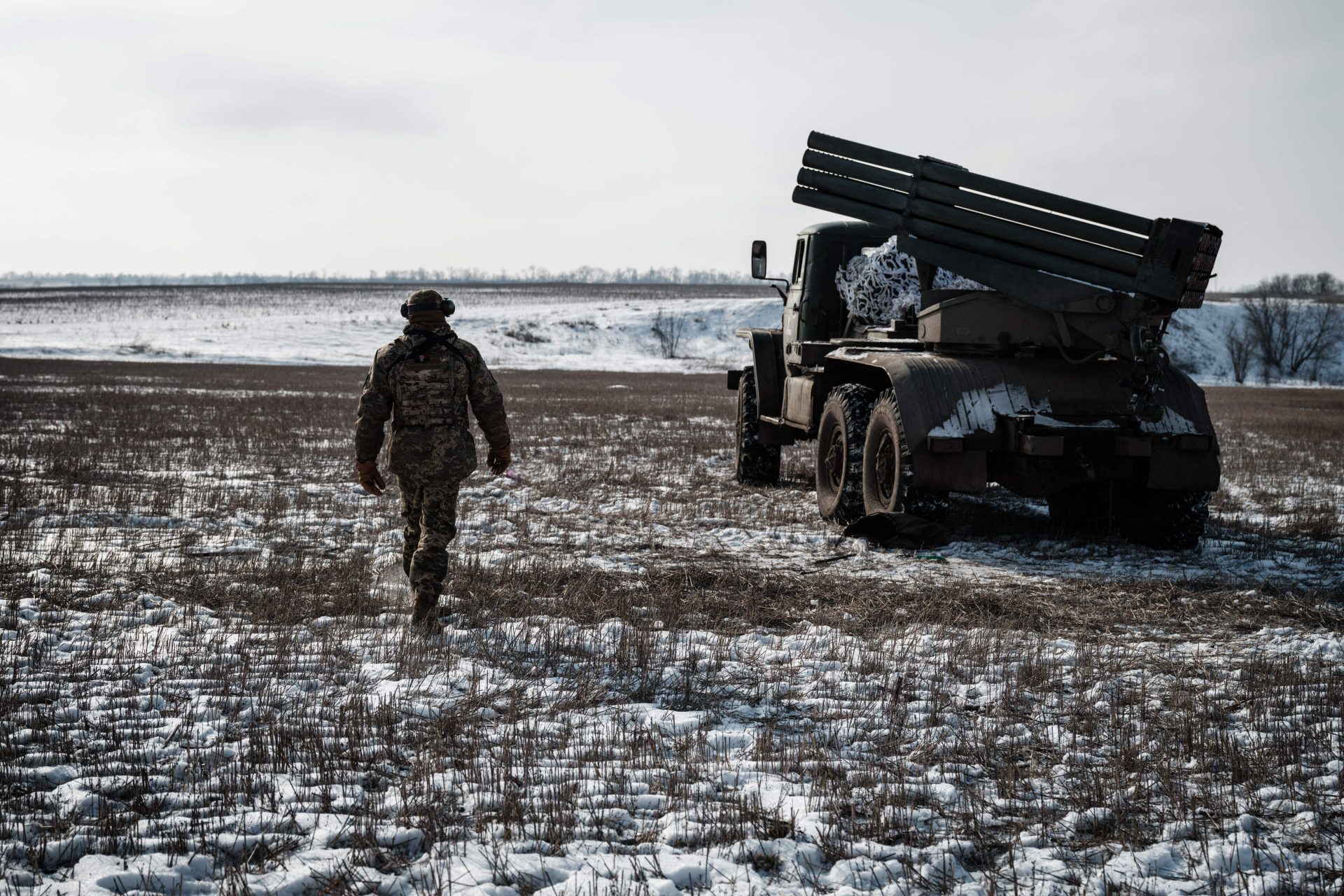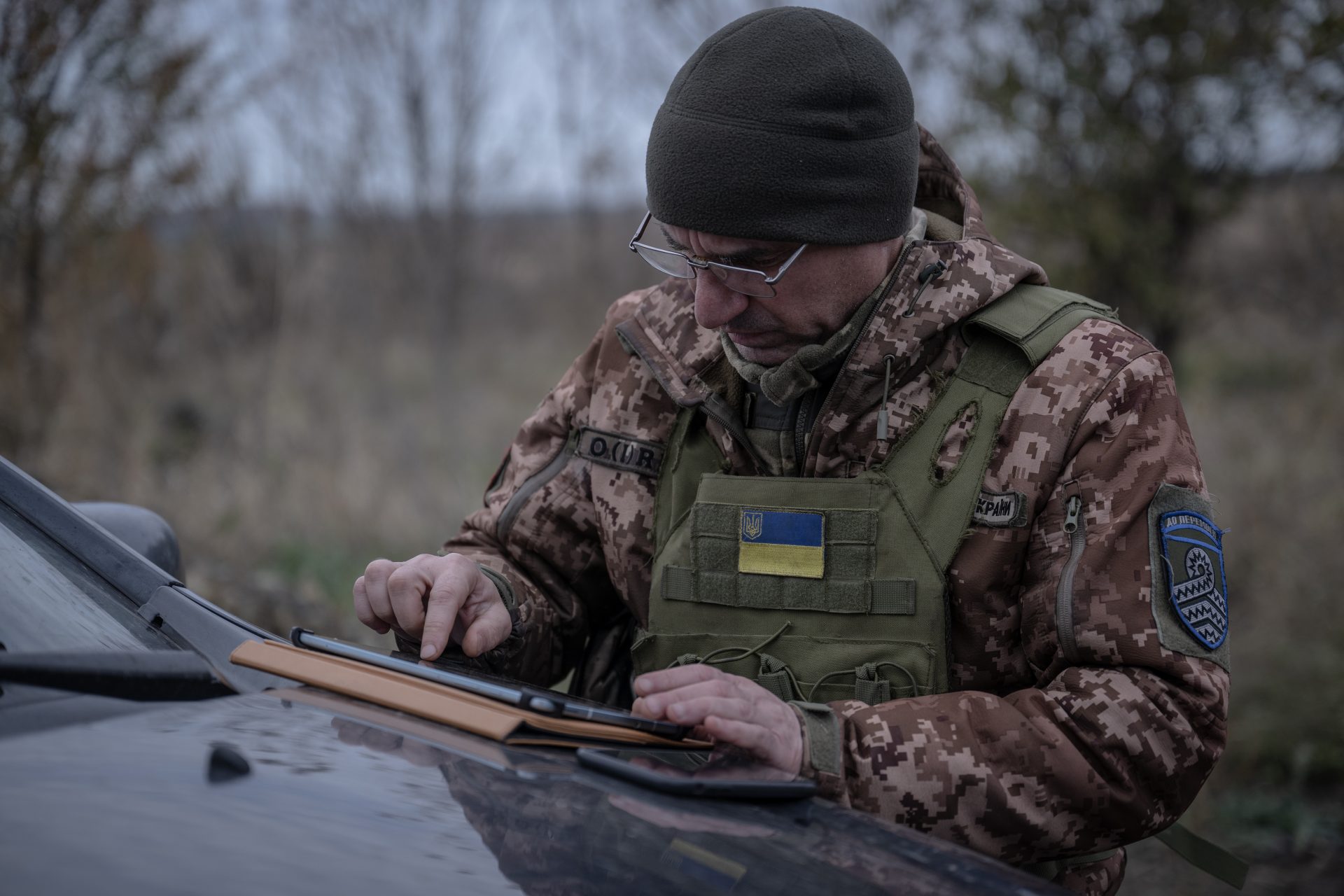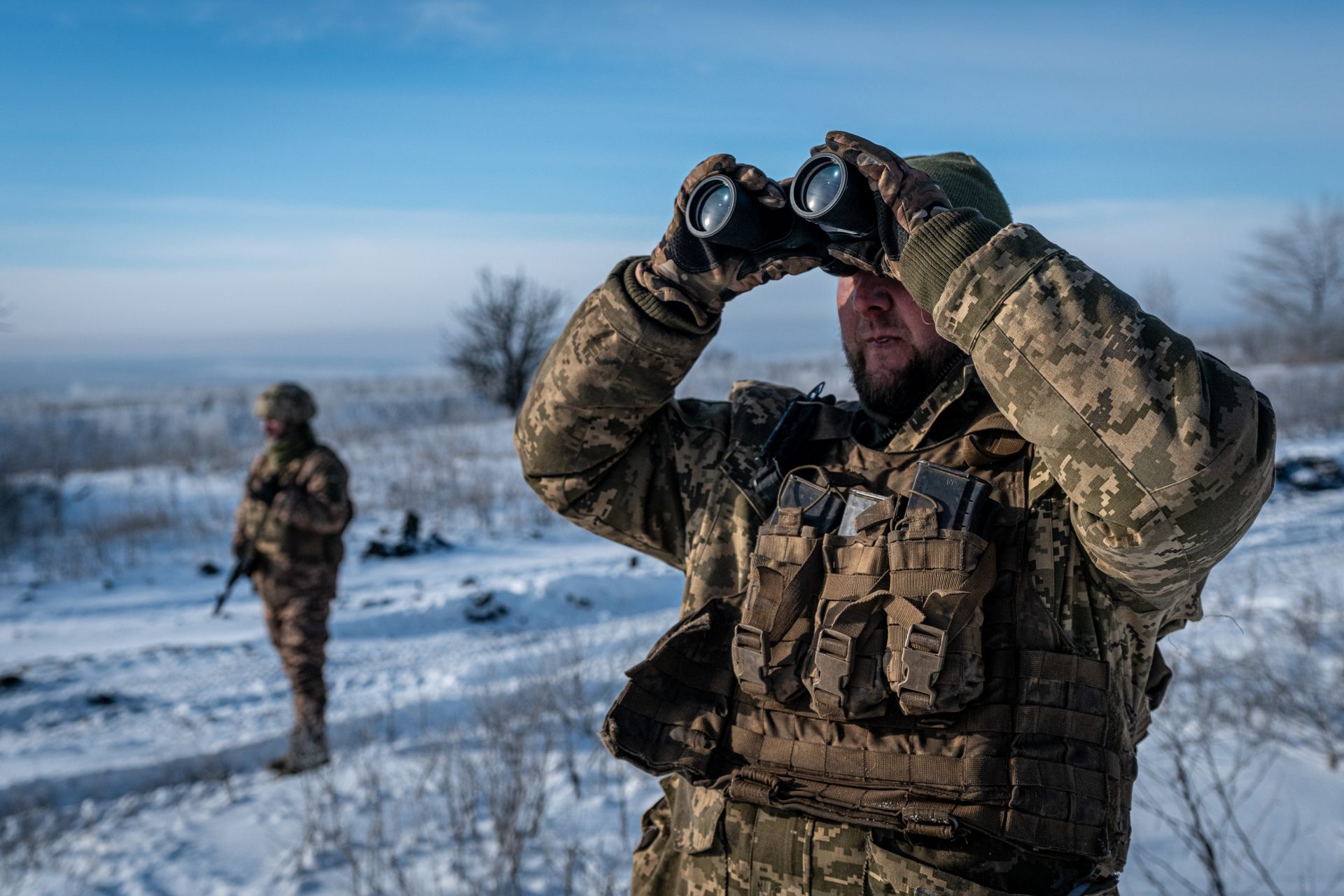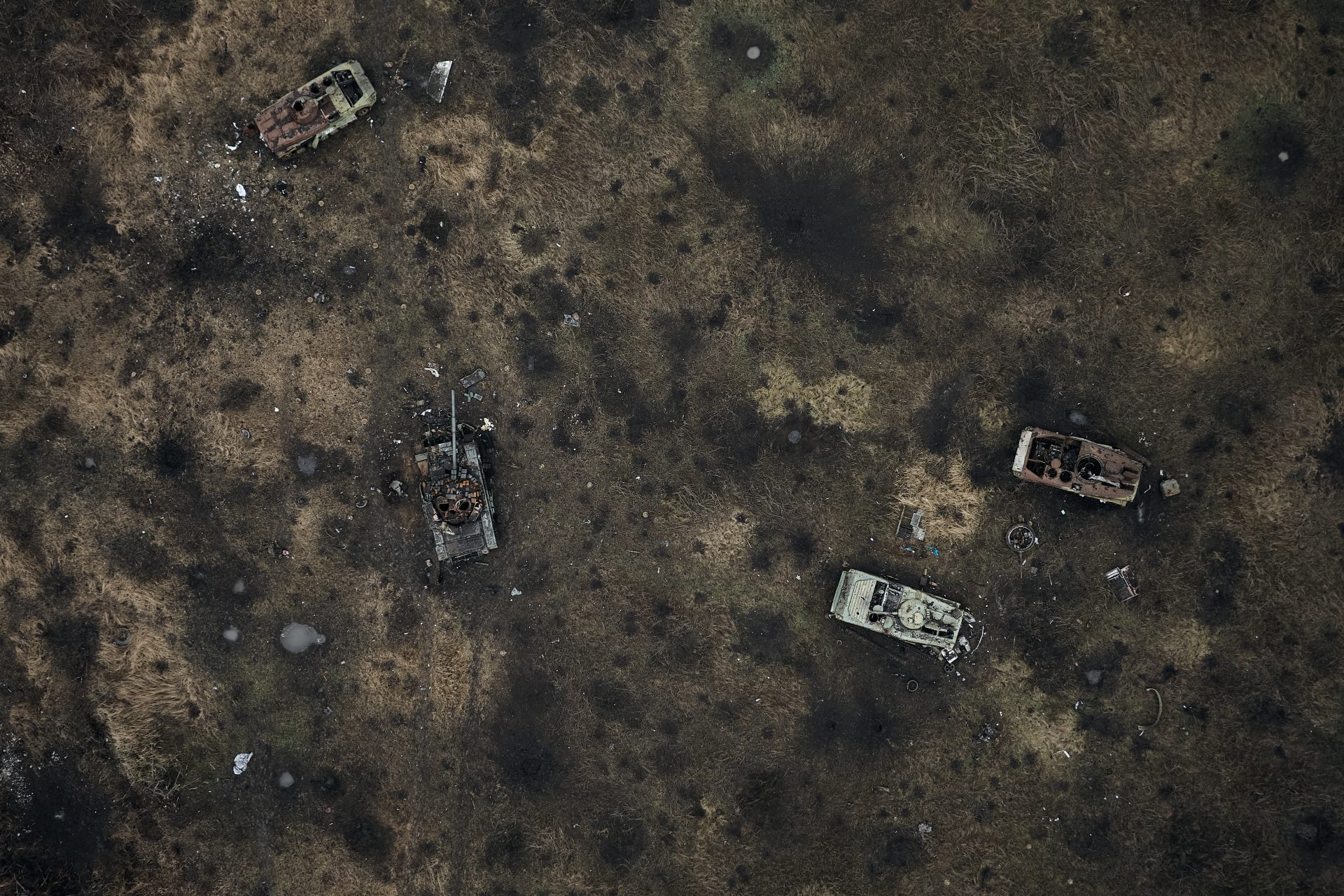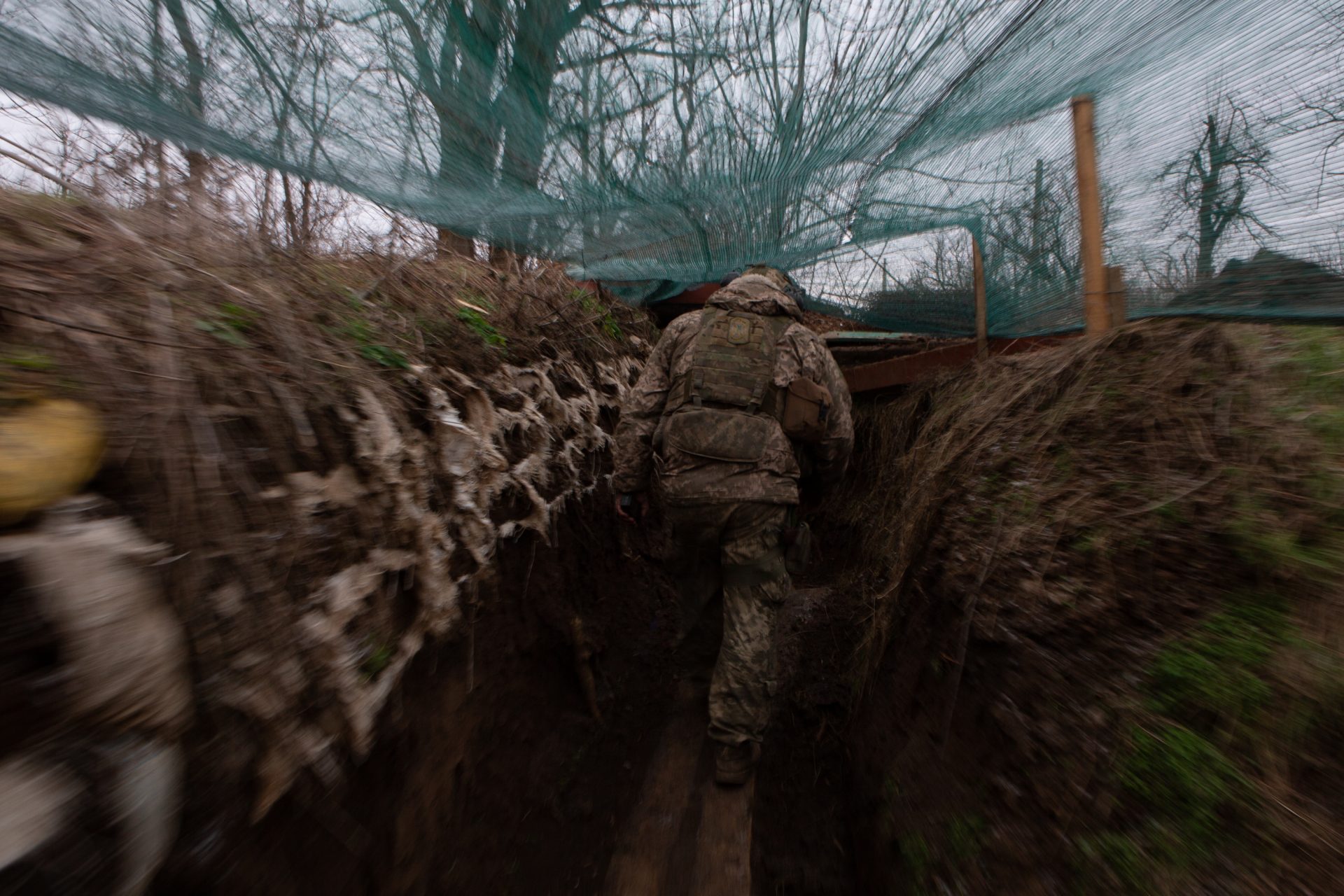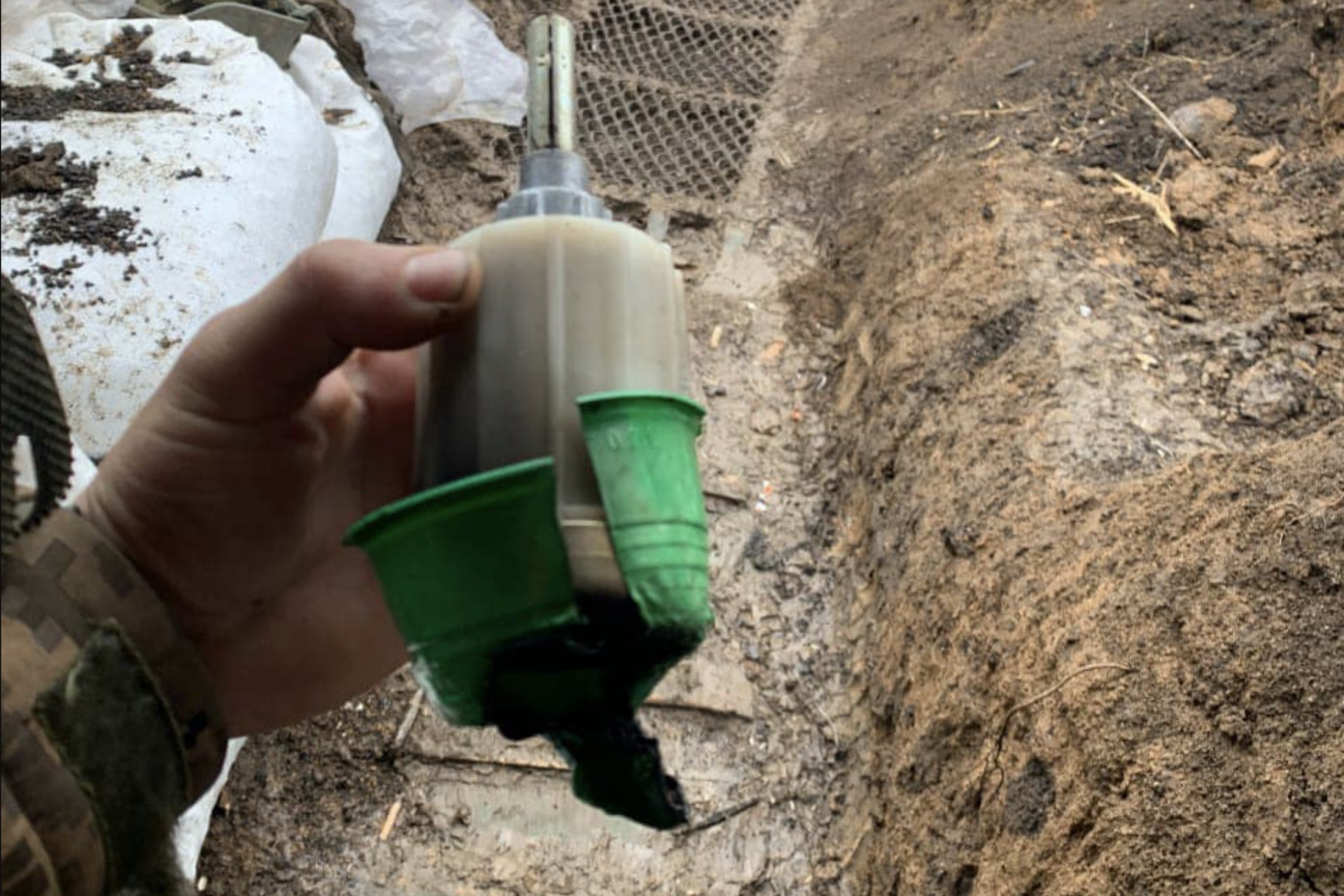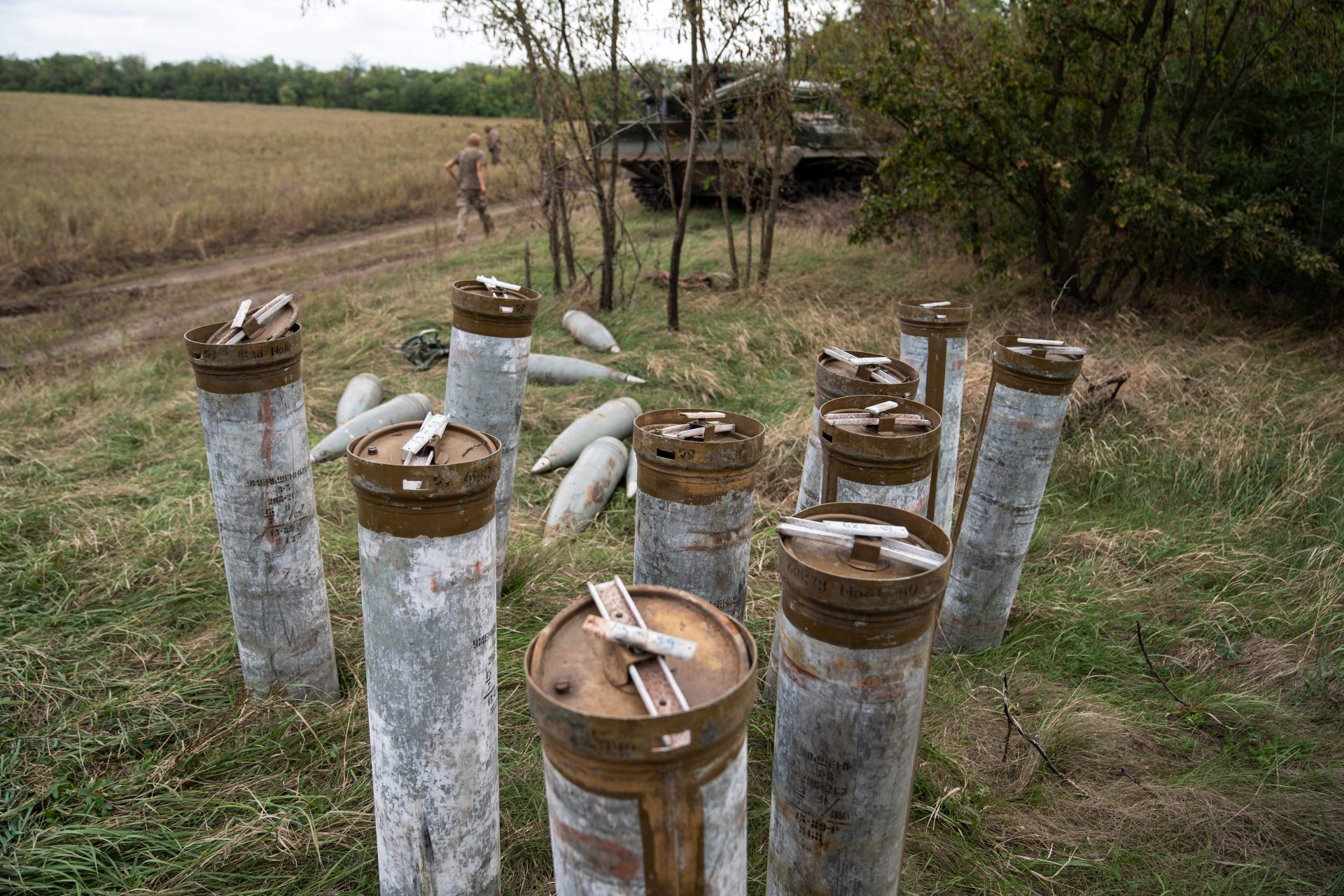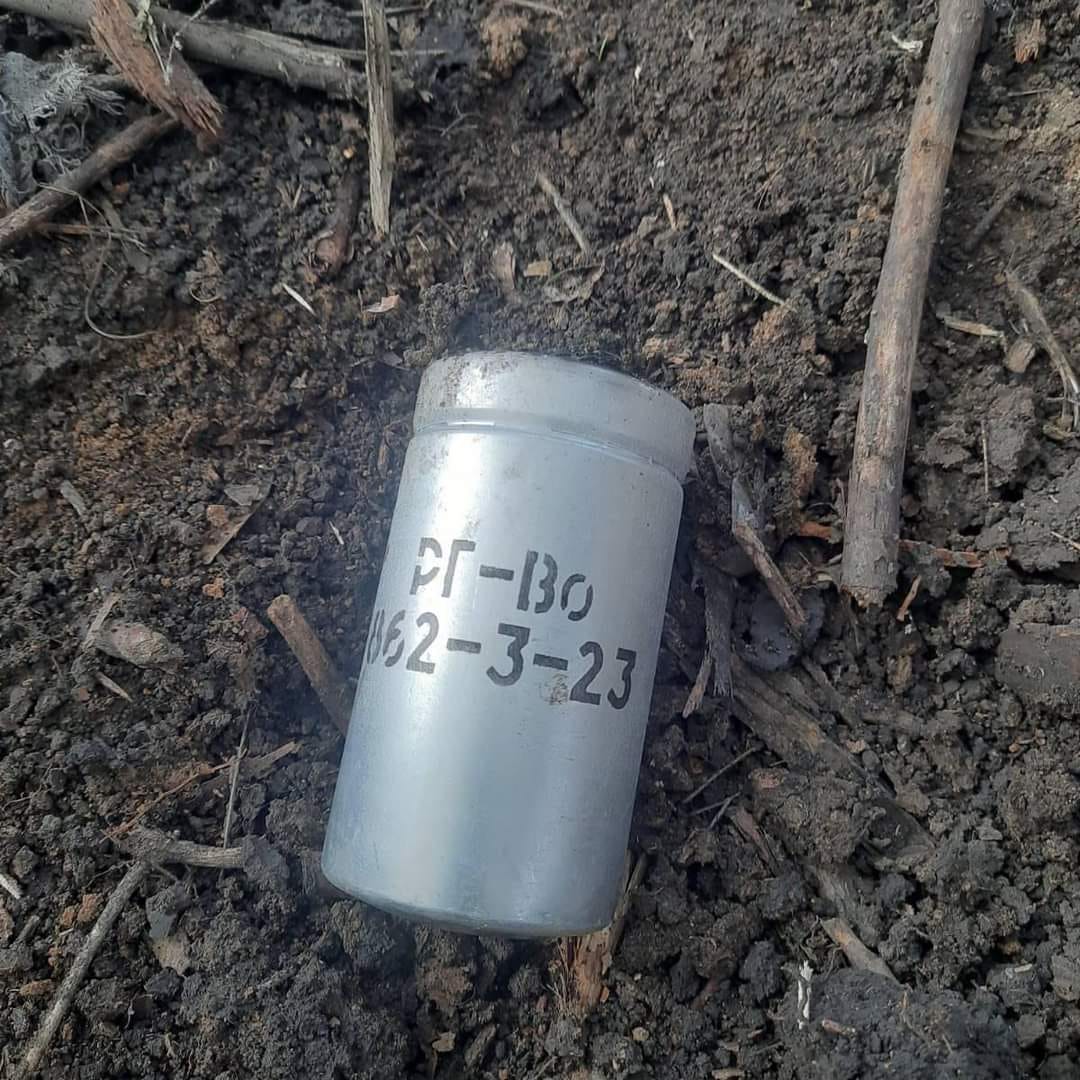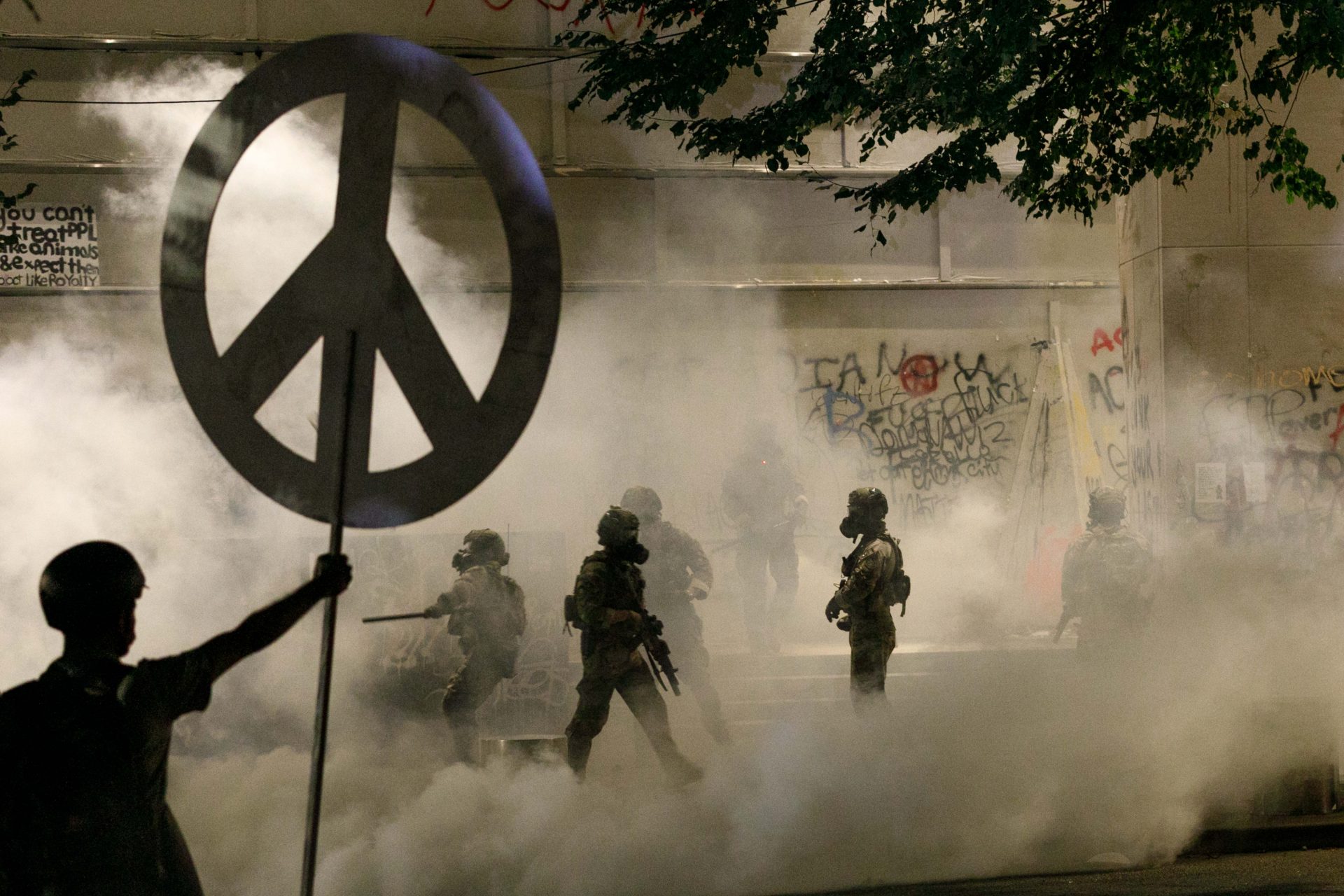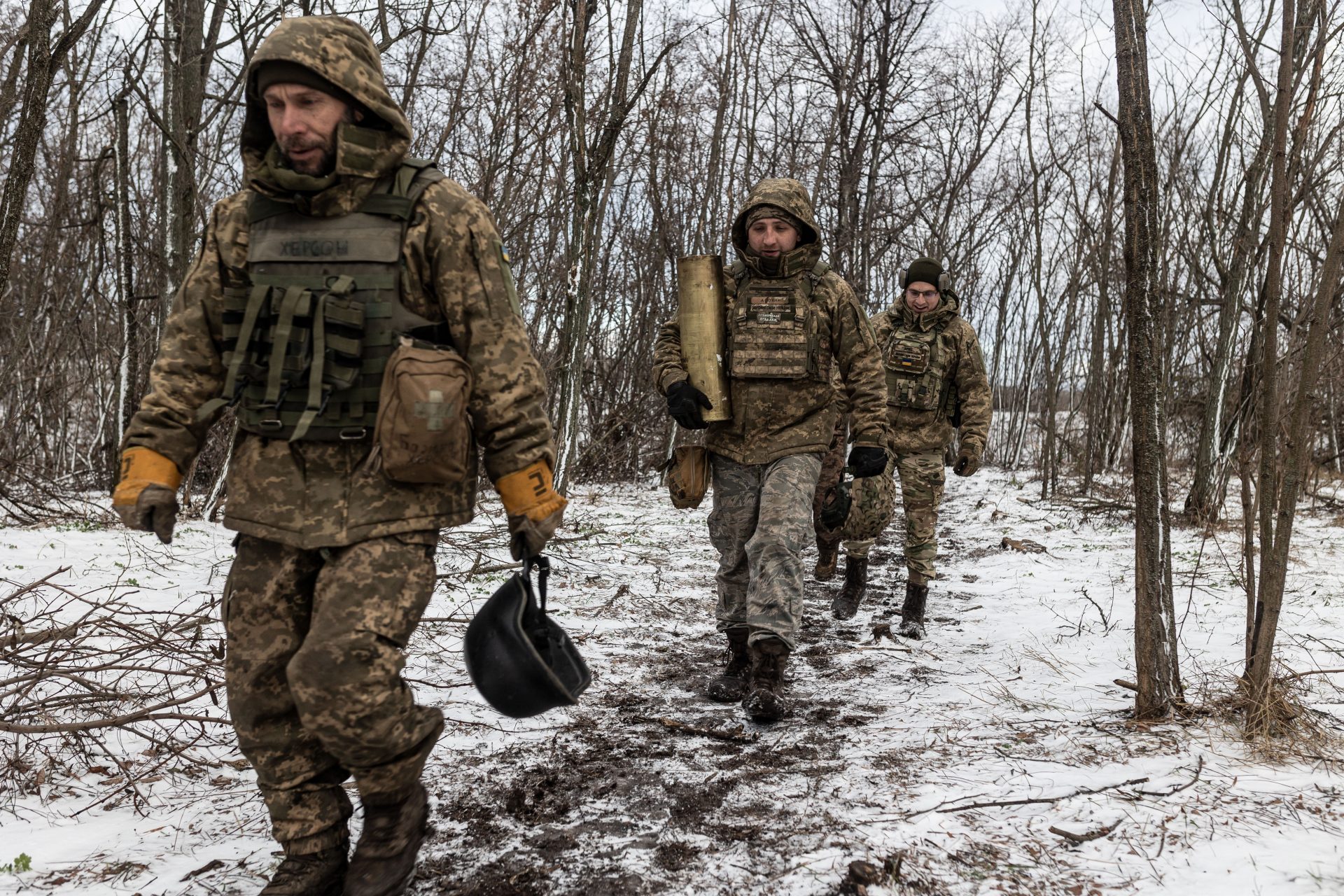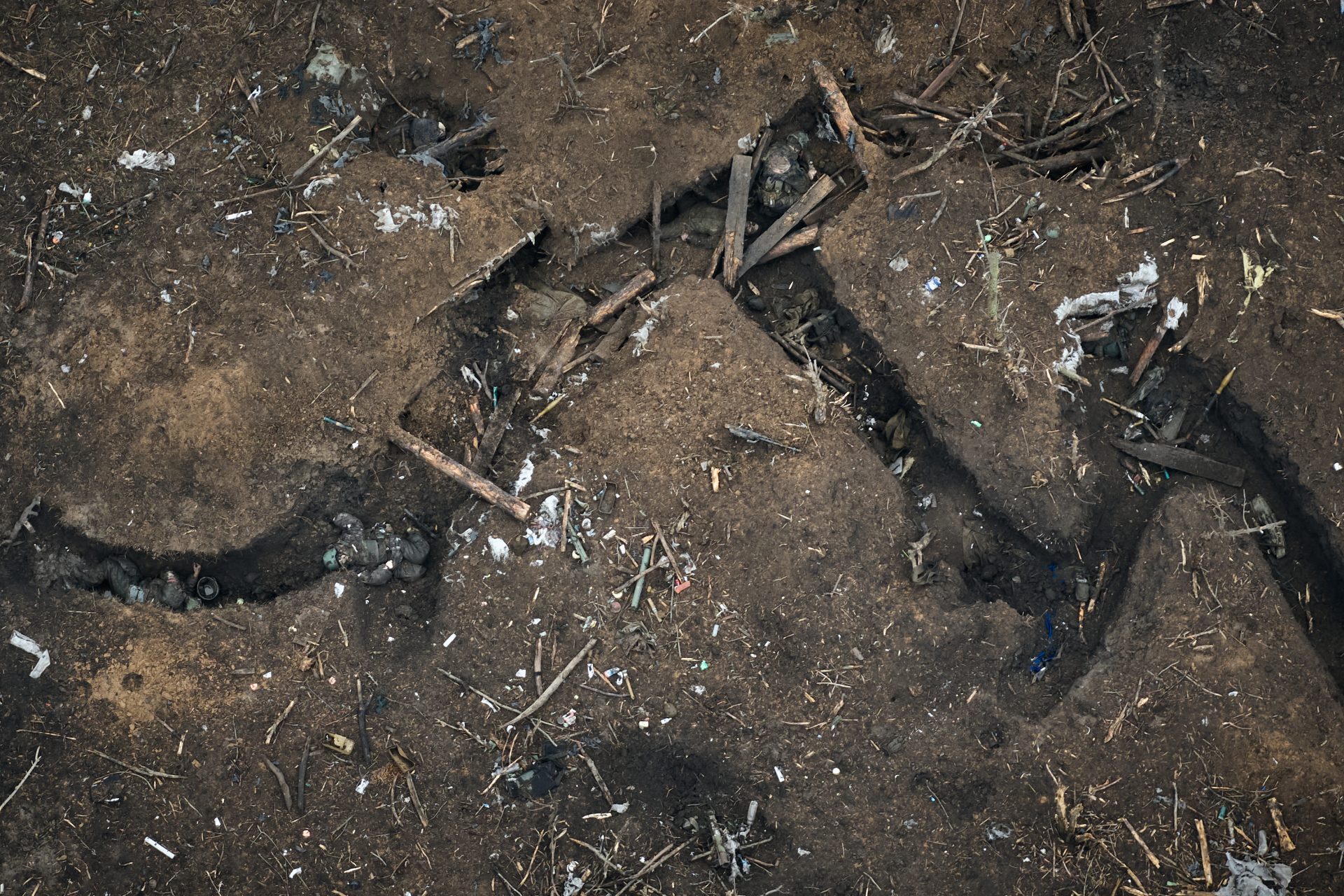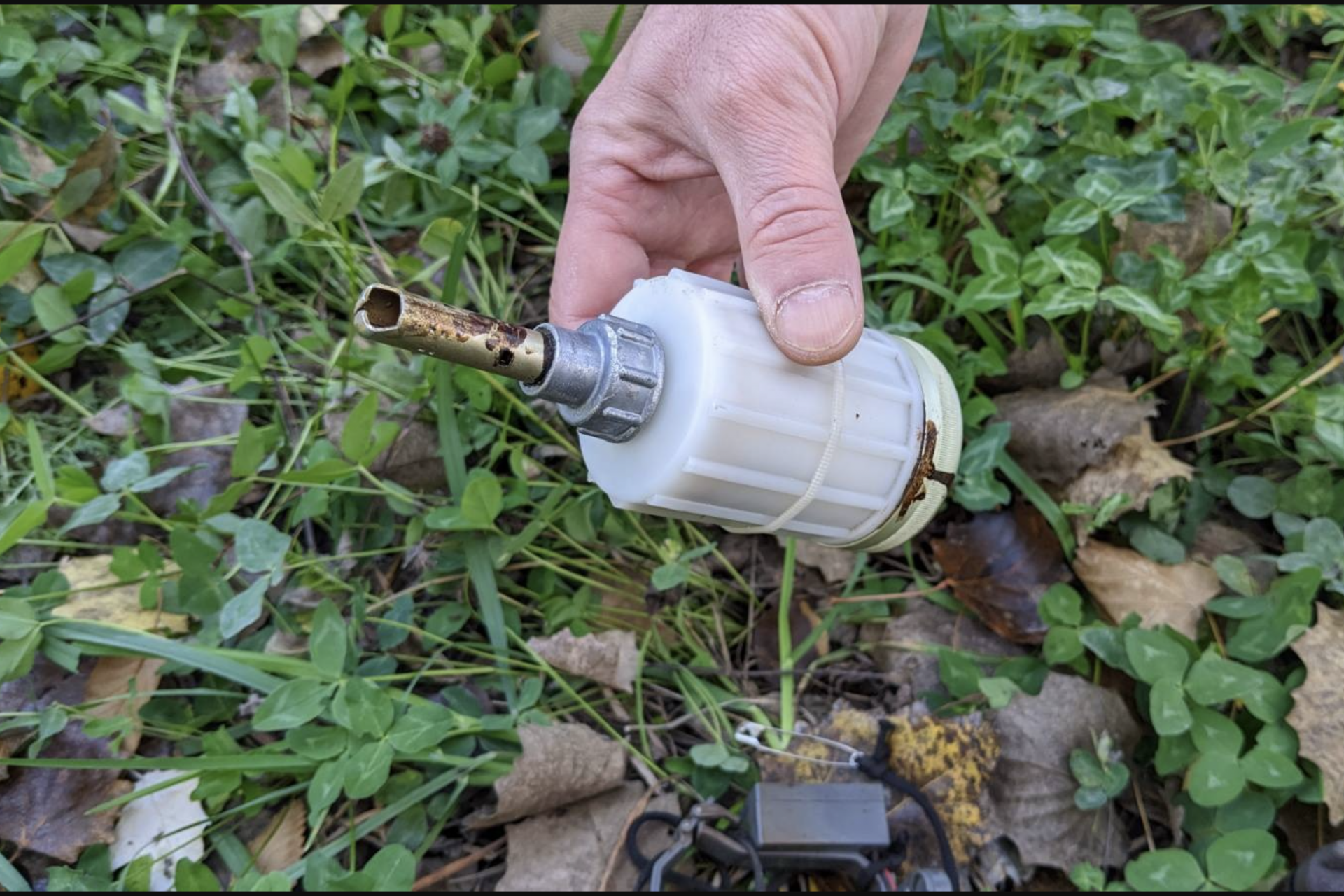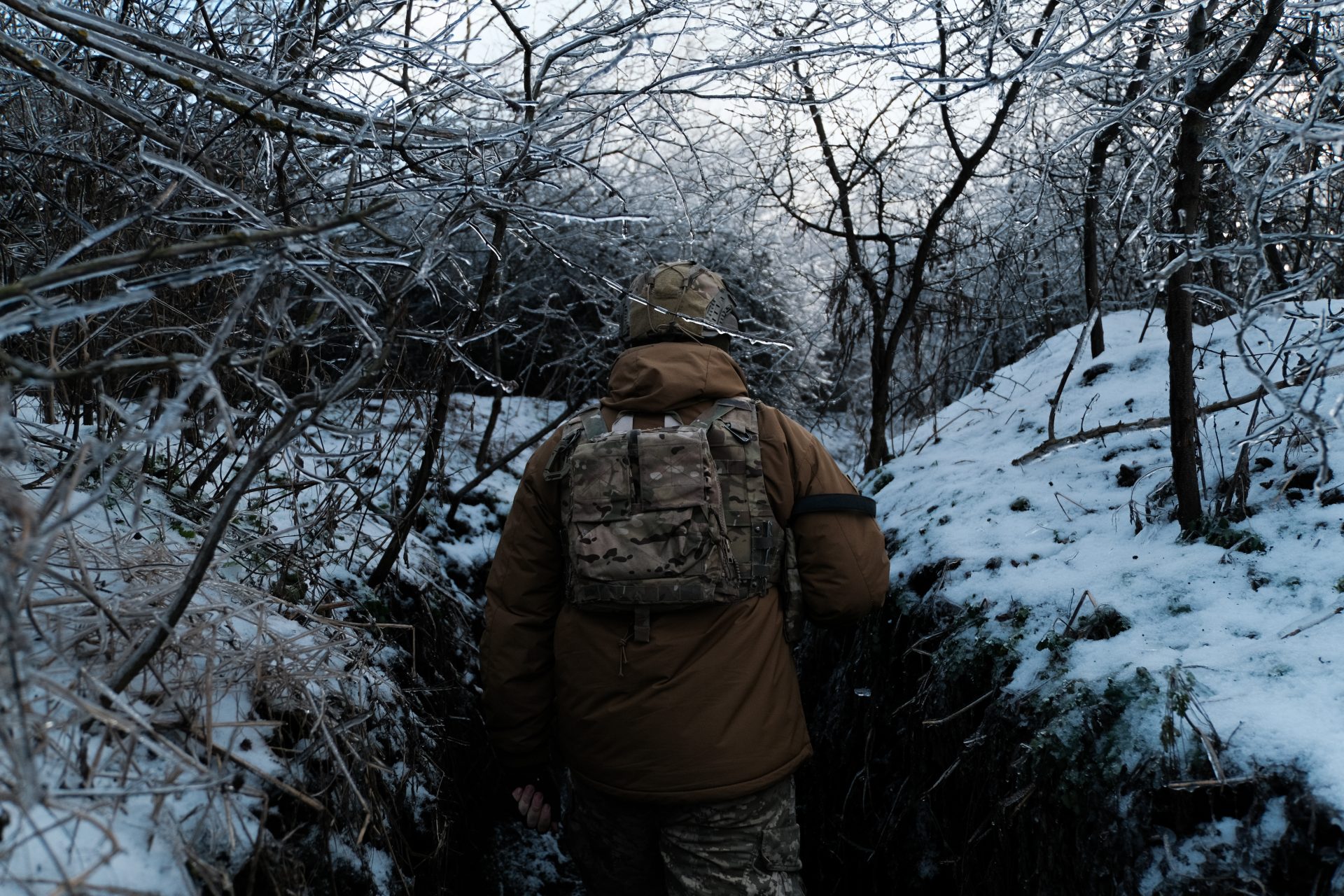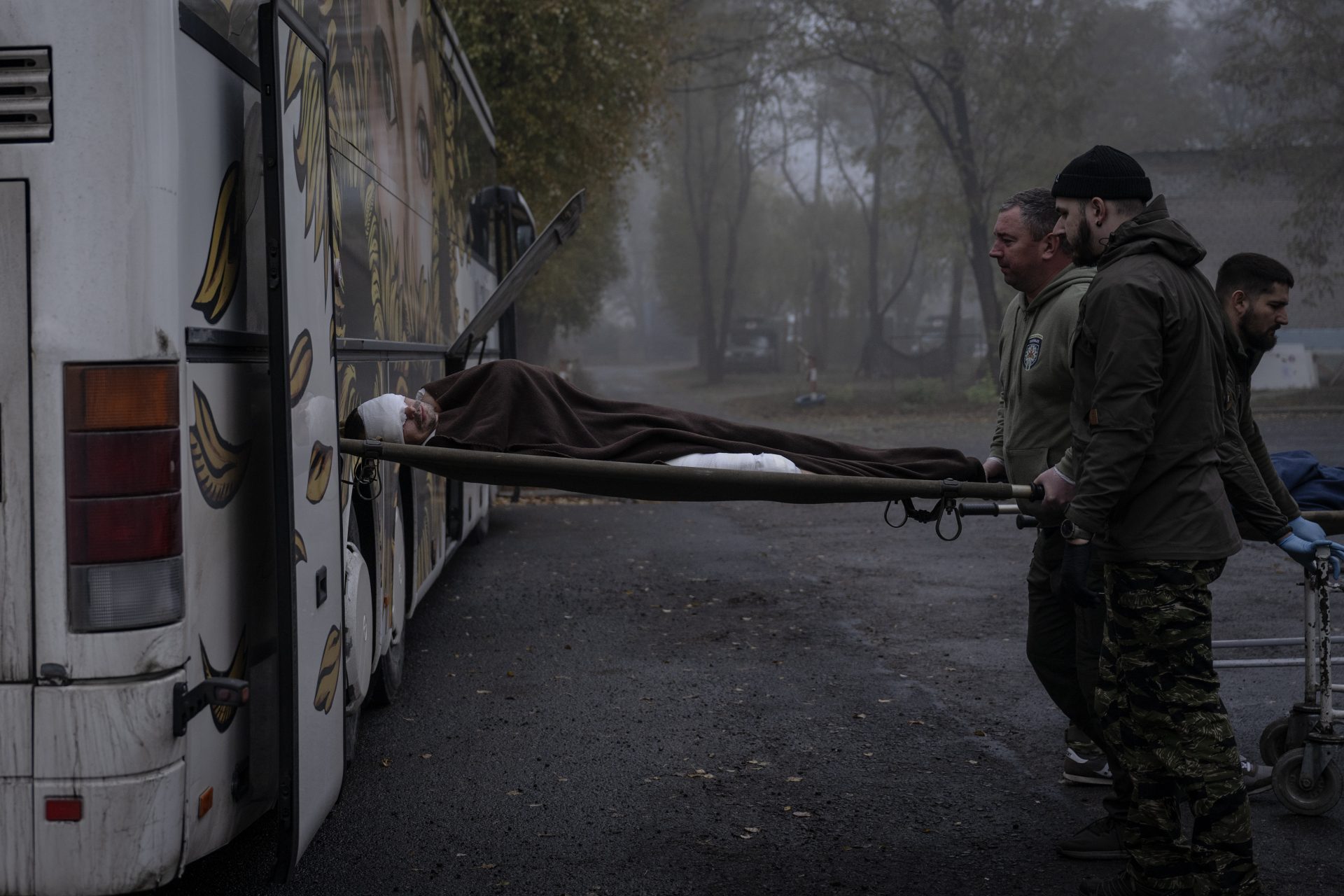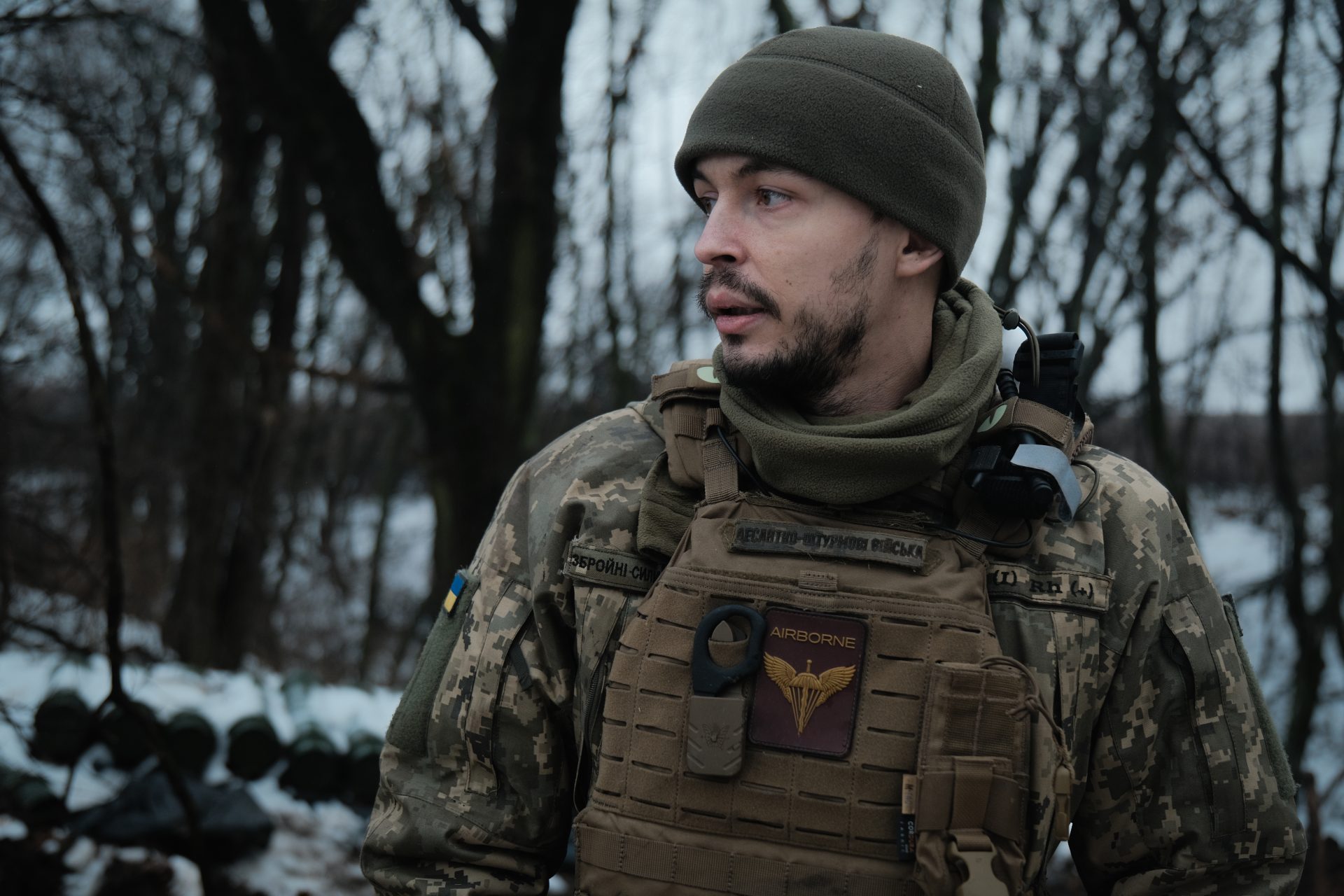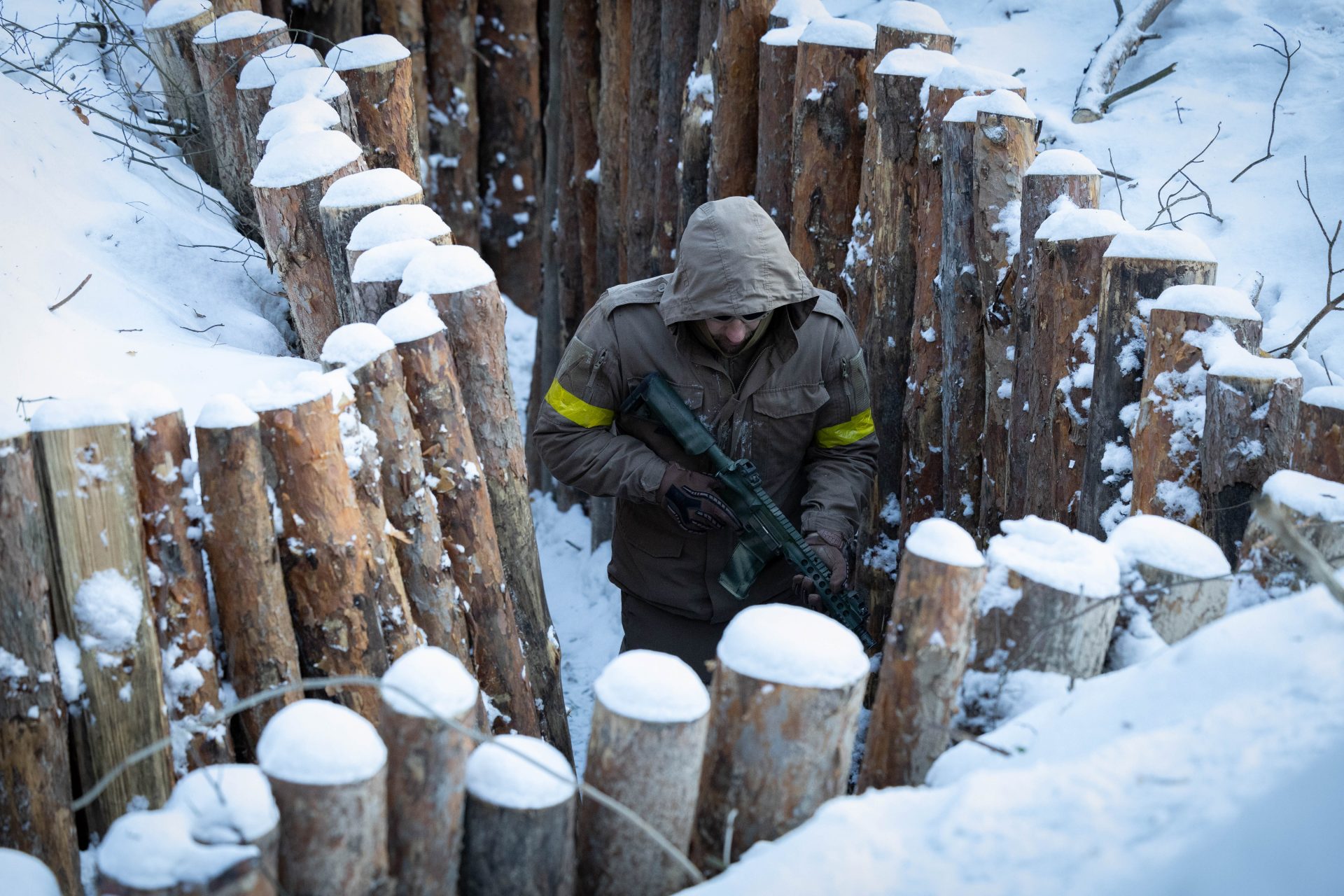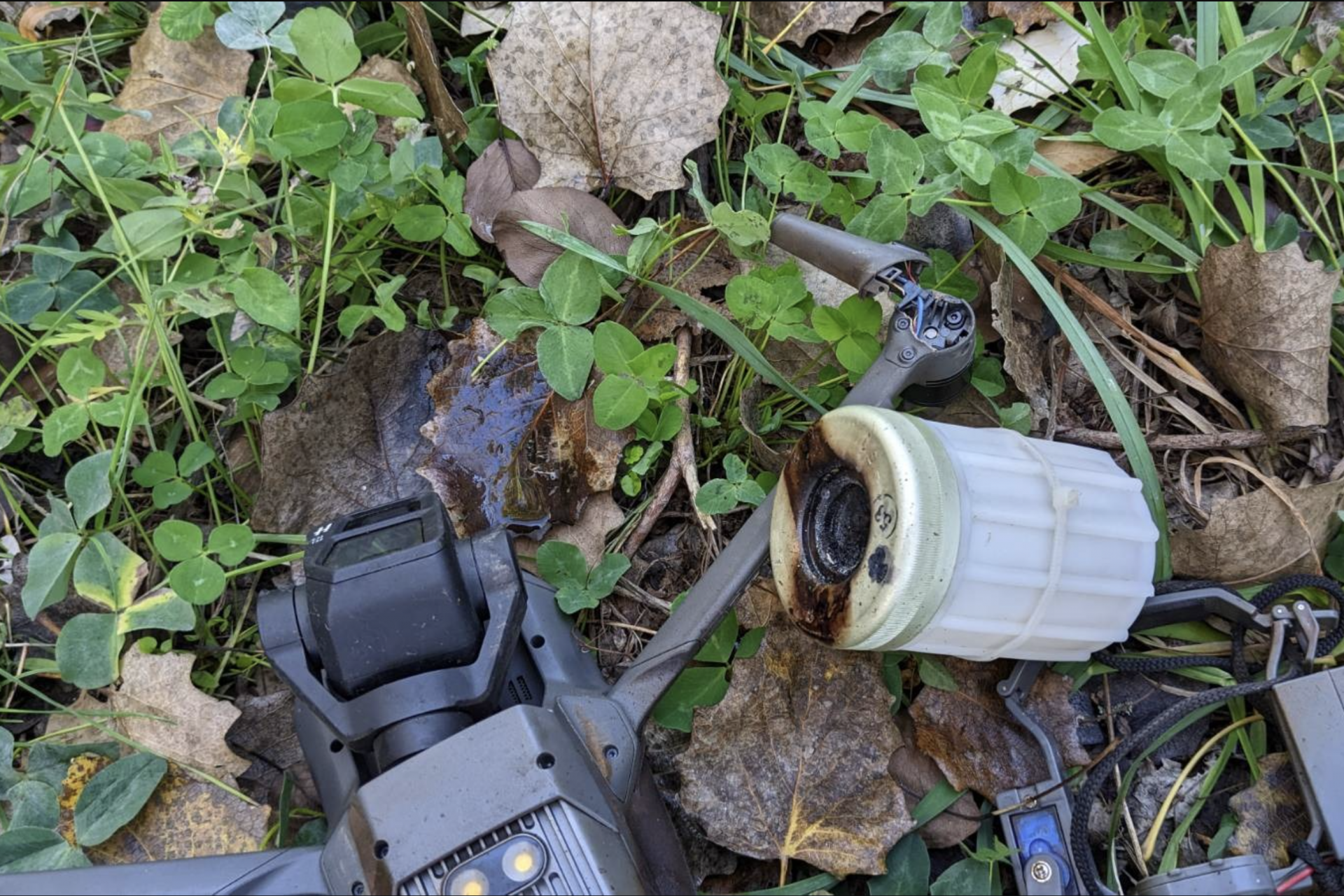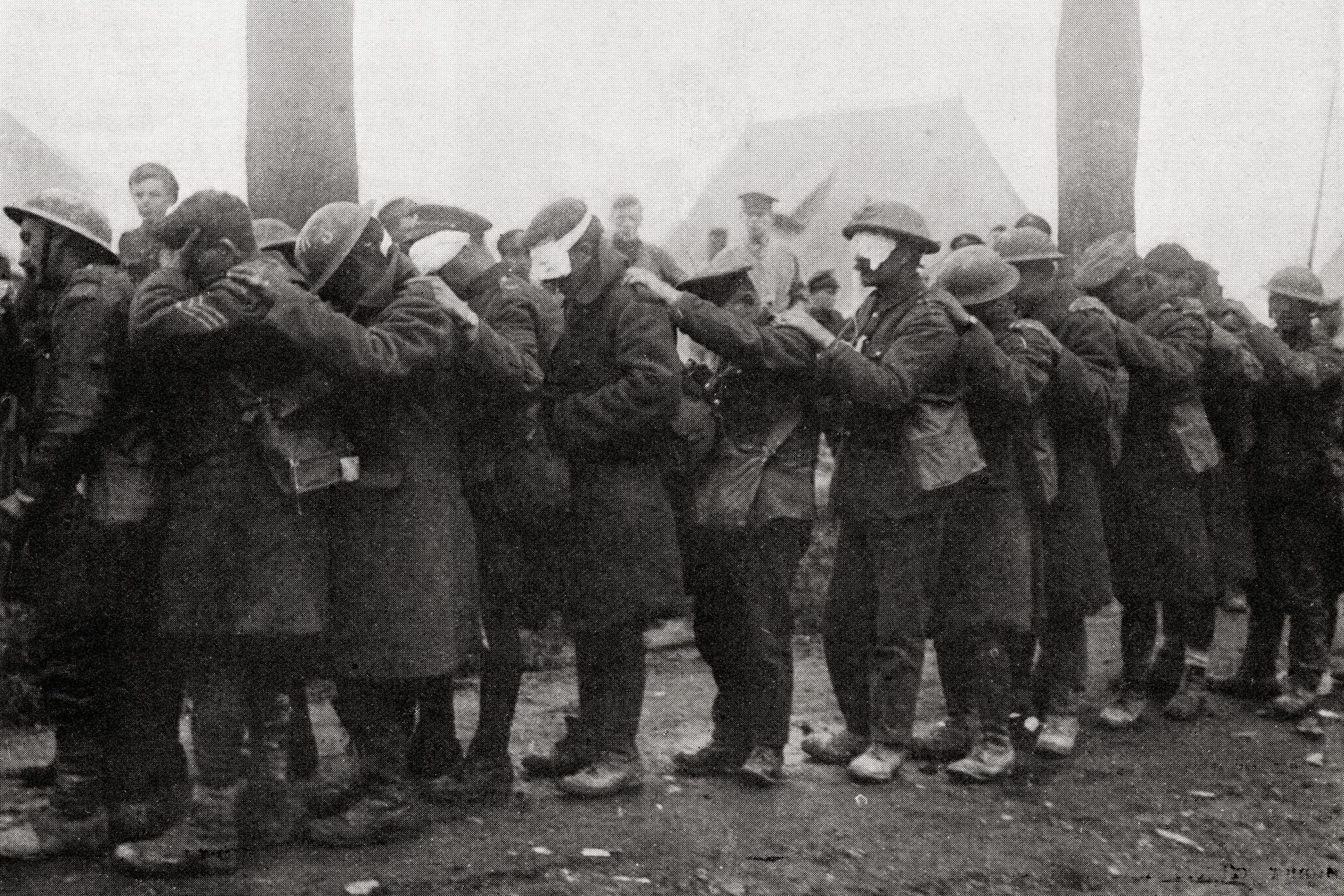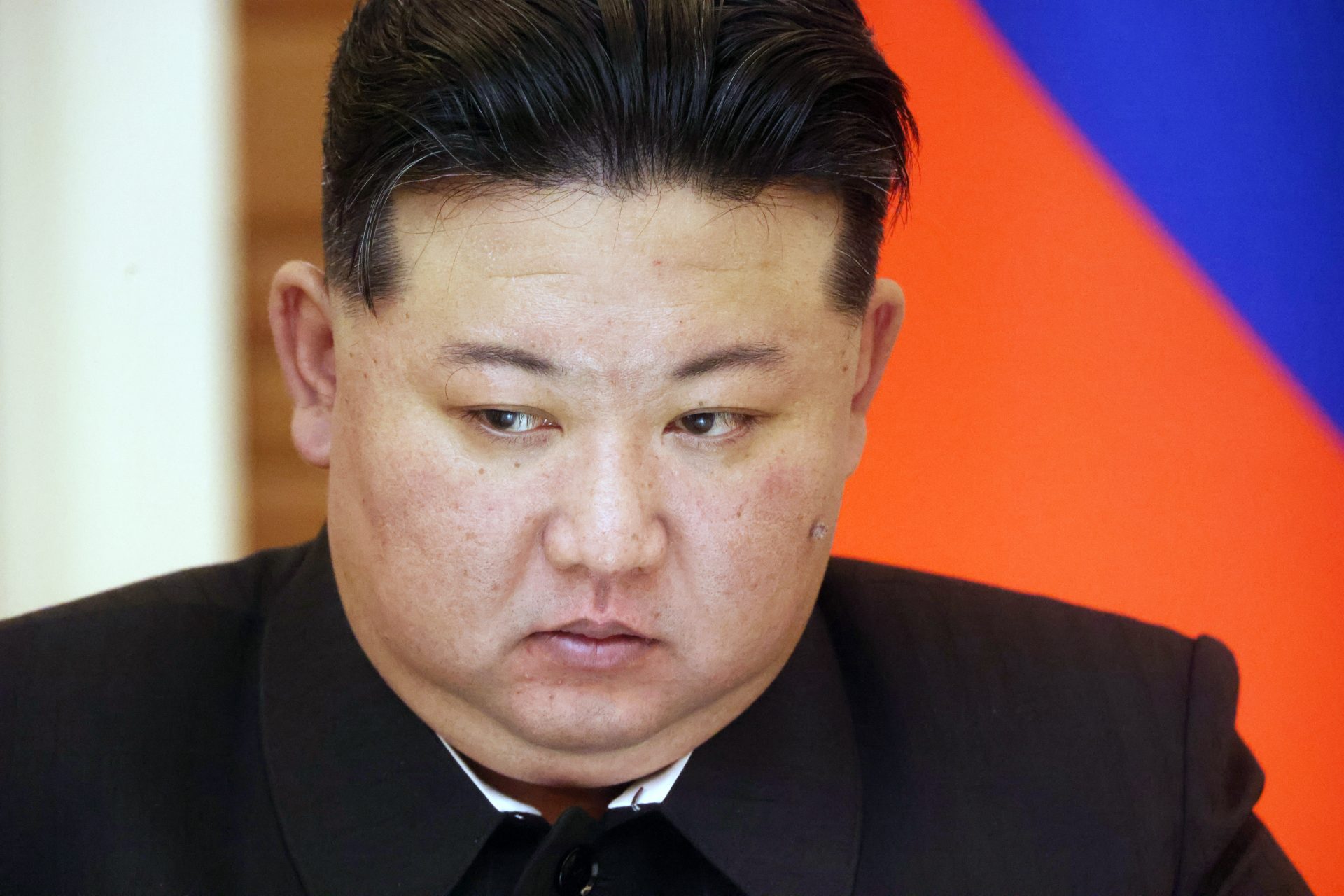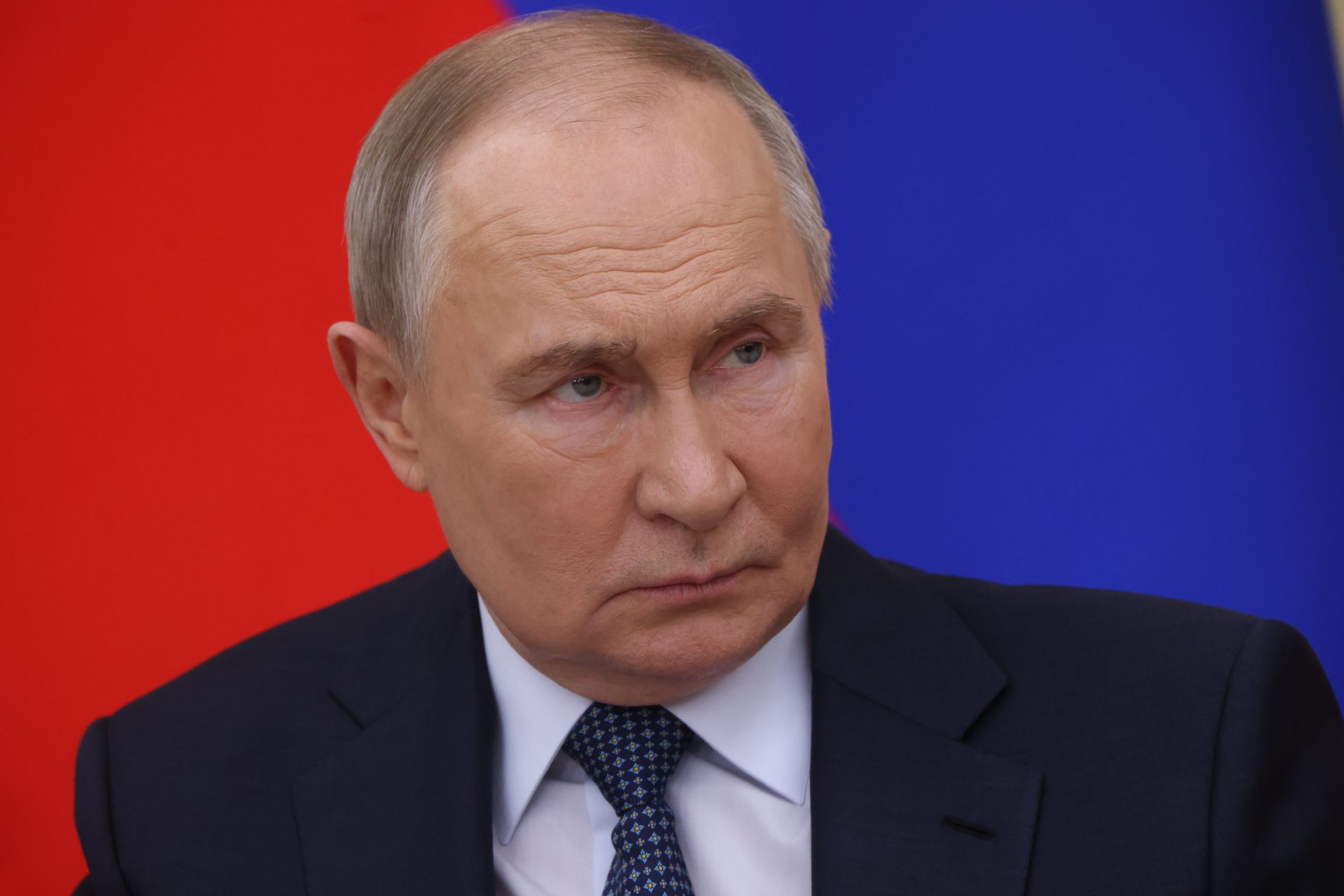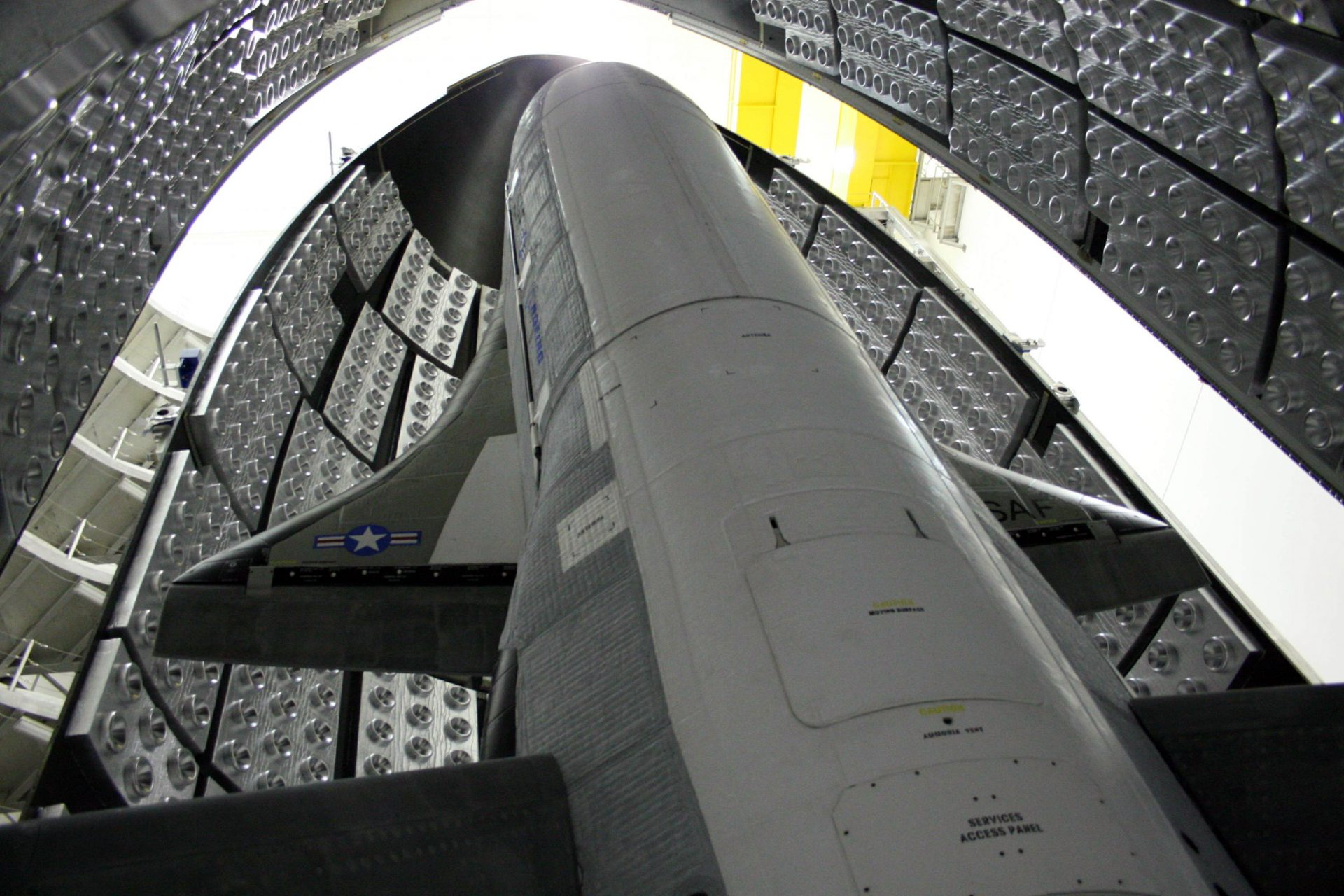Russia is increasing its chemical attacks, Ukraine claims
Ukraine documented fifteen cases of Russian forces using chemical weapons on March 9th, most of which occurred in the Zaporizhzhia area of operations according to one Ukrainian military official.
“Russians are increasingly using ammunition with a poisonous substance. In total, over the past week, grenades with the poisonous substance Chloropicrin have been dropped from drones almost 50 times," explained Tavria operational-strategic group spokesman Captain Dmytro Lykhoviy according to Militaryni.
"When the enemy cannot take our trenches with a classic artillery strike, or a discharge from a drone, he uses such tear gas,” Captain Lykhoviy. The attacks are part of a growing trend seeing Russian forces using banned chemicals in the war.
A recent report from the Command of the Support Forces of the Armed Forces of Ukraine revealed that Russia has used "tear gas irritants equipped with poisonous chemicals" at least 1,068 times in the war according to Militarnyi's review of the report.
The number of recorded chemical attacks is a stark increase from previous reporting in January that found Russia had used "poisonous chemical weapons" 626 times throughout the war up to that point.
On January 13th, the Ukrainian General Staff reported that there had been 51 cases of chemical weapons use recorded since the new year began and added that the application of the tactic was growing. Some days saw up to 10 recorded cases.
The chemical weapon most often used by Russian forces is the K-51, which the Ukrainian World Congress described as a nonlethal teargas hand grenade, and the RGR, which Collect Awareness to Unexploded Ordnance noted was a chemical irritant.
Photo Credit: Wiki Commons By Dpsu.gov.ua, CC BY 4.0
Russian forces have also allegedly been documented using homemade explosive equipment and weapons that are filled with chemical substances. Artillery shells that contain dangerous chemicals have also allegedly been used against Ukrainian troops.
One particular incident of chemical weapons use that was pointed out by the Ukrainian General Staff in January was the employment of a new type of RG-VO gas grenades used against the Ukrainian Armed Forces on December 14th, 2023.
Photo Credit: Facebook @GeneralStaff.ua
The RG-VO grenades contain a chemical known as CS gas, which is a dangerous gas that Militaryni noted at the time was used for “military purposes to combat civil unrest, disperse demonstrators, and in self-defense.”
At least 36 cases of dangerous chemical usage were documented by Ukraine and sent for investigation according to the Ukrainian General Staff. However, there were reports of what some soldiers had experienced on the battlefield.
On December 29th, reporting on the use of chemical weapons in Ukraine from Forbes reporter David Hambling included an interview with Dan Kaszeta, a chemical weapons specialist at the Royal United Services Institute and he explained the situation.
Many of the cases of possible chemical weapons usage that Kaszeta looked into were only tear gas incidents rather than something more dangerous. However, some cases have involved more dangerous chemical weapons.
Photo Credit: Wiki Commons By Mil.gov.ua, CC BY 4.0
For example, Hambling pointed out an incident in December reported on by CNN in which troops said they suffered from injuries that ranged from welts on their faces and inside their mouths and throats. However, this was most likely from CS gas.
“The stuff burns hot,” Kaszeta explained. “They likely got the CS smoke burning hot, like within two meters of the burning grenade,” he continued before noting that the gas could burn at temperatures of 500 degrees centigrade.
The soldiers who experienced the chemical attack explained their ordeal, and what they went through provideed some insight into the goal behind the use of such weapons. Smoke was the first thing the soldiers saw and then they began running.
“We ran out from the trench and the gas suddenly caught fire. The trench was in flames. This gas burns, blinds you, you can’t breathe, shoots down your throat immediately. We didn’t even have a second,” one soldier told CNN.
The goal of using tear gas, CS gas, and other chemical weapons is likely to drive soldiers out of their trenches. But while chemical weapons like tear gas being used may not be as lethal as other chemicals, their use is still illegal.
Photo Credit: Wiki Commons By Mil.gov.ua, CC BY 4.0
Hambling noted that the United Nations Chemical Weapons Convention of 1993 outlawed the use of any riot control agents in war, a measure that Russia supported in what the Forbes reporter wrote was likely an attempt to undermine the United States.
It's important to remember that the chemical weapons Ukraine claims Russia has used in the war are not the same as the lethal agents that were used on the battlefields of World War One. However, their use is still illegal and still a war crime.
More for you
Top Stories



